2018 SONA rep Stephanie Clutterbuck reflects on the Emerging Architect Prize Tour
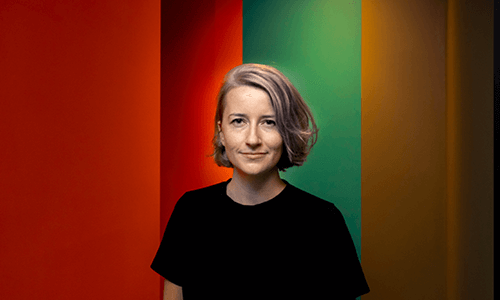
Monique Woodward’s talk for the Institute/ AWS Emerging Architect Prize Tour opened with behind the scenes video of the recent and provocative National Conference “Collective Agency”. Rather than opting for a video highlighting the ‘best of’ over the course of two thought provoking days, we’re instead treated with a view of the inner workings and operation of what it took to make this event happen. It’s a fitting and first clue to Monique as a person and professional because what you see is what you get. An intriguing and real honesty that will leave you thinking long after the talk has finished. For those who didn’t attend the Conference, it’s also an insight into the aims of Collective Agency – transparency and a catalyst for the profession to not just begin talking but to share every detail.
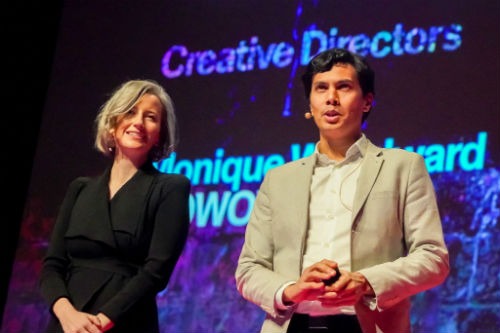
What’s in a title? What’s in several titles? Monique’s National Tour is aptly headed by the classic Melbournian saying, “More Front Than Myer”. It’s not just a saying; it’s an attitude and its confidence highlights Monique’s own approach to architecture and unique way of working through the challenges the industry faces on a day to day basis. To call the talk a presentation would be doing the tour a disservice; it’s more like a narrative, colourfully pieced together by an array of projects and the principles they follow- all with authenticity, attitude and a strong desire to actively engage with social and economic challenges. The tour doesn’t aim to be just a recount of projects or Monique’s experience as an architect, but an anecdote to share the lessons and the ideas of how each project came together. Collectively it demonstrates the potential for Monique and her fellow practitioners – where we could all go.
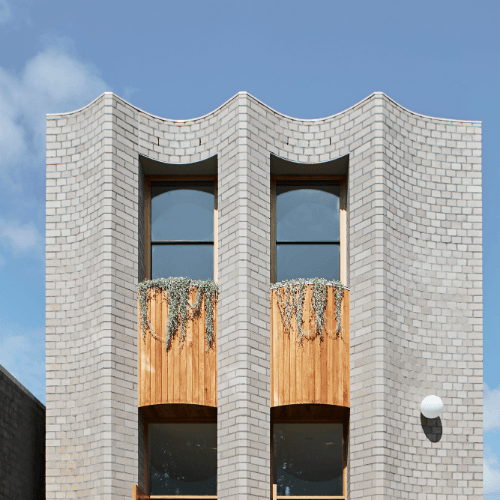
The “If You Were Mine” series, Monique’s own clever marketing strategy is a defining and very proactive effort to creatively share and engage the profession with the idea of seeing design beyond the built form – an opportunity to make architectural ideas more accessible to the general public. It’s a catalyst for many of WOWOWA’S works- notably highlighted in Monique’s quirky explanation of both the Kalora Park Sports Pavilion and Tiger Prawn House. As the slides appear on the screen it becomes clear that it’s not just about the result, it’s not just about the polished and perfected – it’s about the process. We see the people involved, and the lessons learned. Each story reiterates the potential of a seized opportunity- to never undervalue or underestimate the underlying idea.
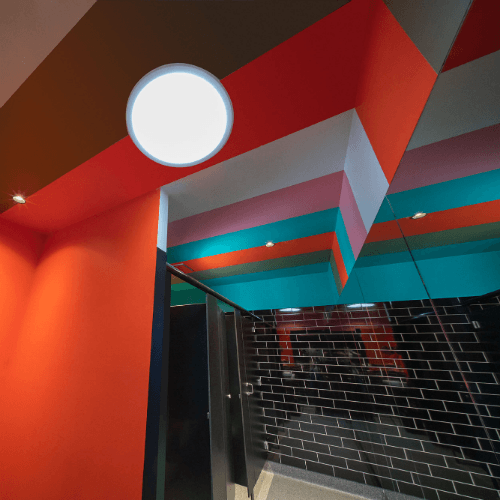
Following suit from Monique’s talk is South Australia’s very own Emerging Architect Prize Winner Alison McFadyen. “Connection to Place” begins Alison’s narrative and it’s as humble and impactful as Alison is herself. Talking through the success of projects from the commencement of her career with Troppo Architects through to working on the University of South Australia Jeffrey Smart Building with John Wardle Architects and Phillips/ Pilkington, Alison doesn’t give a formulative retelling of each of the projects but instead an authentic recount of her experience and her muses, who she is as a person and as a designer. Rounding out Alison’s talk is her experience at the National Conference and it’s resounding impact on her as an architect. It shows just how much Collective Agency has influenced people in the profession. Although both vastly different architects, both from different backgrounds and own their own individual trajectory, both Alison and Monique appeal to the need to engage with the “other”- essentially everything away from the desk.
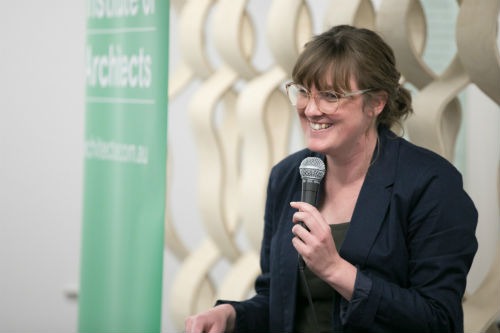
It’s a pledge to actively engage with connecting people, place and architecture outside of the profession. It’s about embracing the idea of agency, and then acting on it. It’s a pledge that with honest intentions will, at the very least, start a conversation about the potential of the profession of how we progress from what we know and understand now, to what we can do for the future. In order to do that, we need to confront and examine our intention as designers because it’s the people we design for who can benefit the most when the profession makes a real attempt to create social change.
Monique’s insight to how she and co-curator Stephen Choi sought to impact the industry it’s clear that the conference achieved what it ambitiously set out to do; it put the industry on notice. It made people uncomfortable with confrontation but also positive and exhilarated to face what’s next with a renewed outlook on the idea of agency.
There’s much to be valued from Monique’s talk. It showed the power in communication through her own narrative, her thoughts as an architect and her intentions to create the change we need. It showed it’s not just about working towards a result, it’s the process. There’s power in sharing communication and being transparent in sharing ideas and the time to start is now. We’re realising that there is so much to be said, so much that needs to be discussed and to be seen -recognising perspective. We need to be comfortable with being uncomfortable and from there, who knows where we as architects, designers, students, academics and the profession can take our individual narratives as we collectively pursue change. It’s time to have even “More Front Than Myer” and be excited about what is to come.
Stephanie Clutterbuck
M. Architecture.
Final Year Committee Member – University of Adelaide
